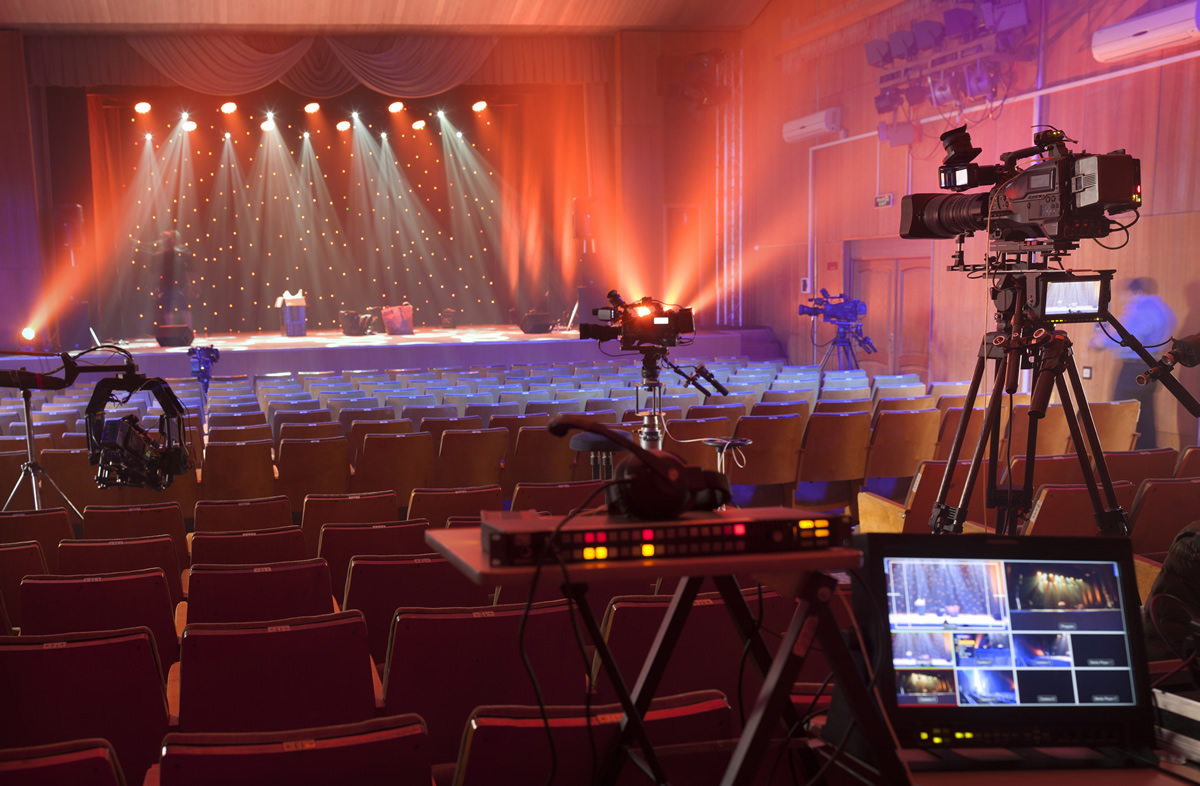Advantages of LED Display Walls Compared to Traditional Projector Systems in Contemporary Visual Presentations
Light Emitting Diode display screens have grown progressively favored in various environments, such as educational institutions, corporations, and leisure venues. These advanced visual technologies offer several advantages over conventional projector systems. Recognizing these benefits can help organizations make knowledgeable choices about their display requirements. This piece will examine the main advantages of Light Emitting Diode display screens, including luminosity, image quality, flexibility, maintenance, and power conservation.One of the key important benefits of Light Emitting Diode display screens is their luminosity. Light Emitting Diode technology produces lively and radiant pictures that can be readily viewed in multiple lighting conditions. Unlike conventional projectors, which can struggle in brightly lit settings, Light Emitting Diode video screens maintain their sharpness and hue accuracy even in well-lit spaces. This makes them perfect for outdoor activities or places with large windows. The elevated brightness levels ensure that the content displayed is consistently visible, making it simpler for viewers to engage with the data being shown.
In addition to brightness, Light Emitting Diode display screens provide superior image clarity. They offer greater resolution and better hue reproduction compared to traditional projector technologies. This means that images and videos displayed on an Light Emitting Diode wall appear sharper and more defined. The pixel density of LED displays allows for near observation without losing sharpness, which is particularly important in environments like exhibition shows or meetings where attendees may be close to the display. Furthermore, LED tech can produce richer blacks and more vibrant hues, enhancing the overall visual experience.
Versatility is another important advantage of Light Emitting Diode display walls. These systems can be arranged in multiple dimensions and shapes to fit varied spaces and aesthetic needs. Unlike conventional projectors, which require a specific spacing from the screen to operate correctly, LED display screens can be set up in a range of environments. They can be bent, tiled, or even used in creative arrangements to create unique display exhibits. This adaptability allows companies a great post to tailor their display exhibits to suit their particular needs, making LED display walls a flexible choice for any setting.
Maintenance is also a crucial consideration when comparing Light Emitting Diode video walls to conventional projector technologies. Light Emitting Diode displays generally require fewer maintenance over time. Conventional projection systems often need lamp replacements and regular maintenance to maintain peak performance. In contrast, LED tech has a greater duration and does not require frequent changes. This lowers inactivity and maintenance expenses, making LED video walls a more economical solution in the long run. Companies can concentrate on their displays rather than worrying about the upkeep of their display systems.

Finally, power conservation is an important consideration for many organizations. LED video walls consume less power compared to conventional projector technologies, which can lead to significant savings on energy bills. This is especially advantageous for businesses and venues that operate displays for extended periods. Additionally, the lower power usage of Light Emitting Diode tech contributes to a reduced environmental impact, making it a more sustainable option. By selecting LED video walls, organizations can enjoy premium display screens while also being considerate of their power consumption and ecological impact.
In summary, LED video walls offer many benefits over traditional projection technologies. Their luminosity, image quality, flexibility, low maintenance needs, and energy efficiency make them an excellent option for contemporary display screens. As technology continues to progress, LED video walls are likely to become even more common in multiple environments, providing organizations with the resources they need to efficiently communicate and interact with their viewers.